Ali Hariri
Return of ChebNet: Understanding and Improving an Overlooked GNN on Long Range Tasks
Jun 09, 2025Abstract:ChebNet, one of the earliest spectral GNNs, has largely been overshadowed by Message Passing Neural Networks (MPNNs), which gained popularity for their simplicity and effectiveness in capturing local graph structure. Despite their success, MPNNs are limited in their ability to capture long-range dependencies between nodes. This has led researchers to adapt MPNNs through rewiring or make use of Graph Transformers, which compromises the computational efficiency that characterized early spatial message-passing architectures, and typically disregards the graph structure. Almost a decade after its original introduction, we revisit ChebNet to shed light on its ability to model distant node interactions. We find that out-of-box, ChebNet already shows competitive advantages relative to classical MPNNs and GTs on long-range benchmarks, while maintaining good scalability properties for high-order polynomials. However, we uncover that this polynomial expansion leads ChebNet to an unstable regime during training. To address this limitation, we cast ChebNet as a stable and non-dissipative dynamical system, which we coin Stable-ChebNet. Our Stable-ChebNet model allows for stable information propagation, and has controllable dynamics which do not require the use of eigendecompositions, positional encodings, or graph rewiring. Across several benchmarks, Stable-ChebNet achieves near state-of-the-art performance.
Graph Generative Models for Fast Detector Simulations in High Energy Physics
Apr 05, 2021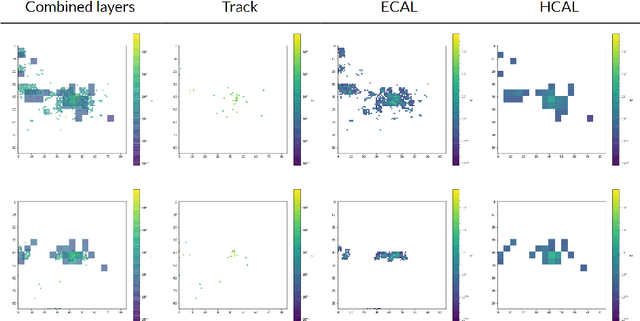
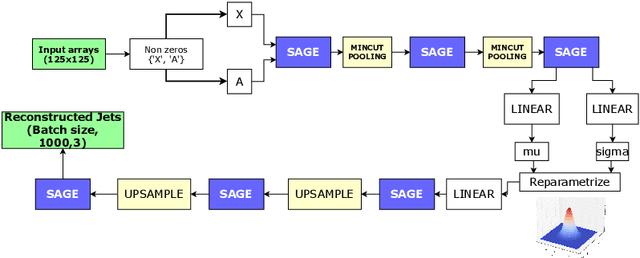
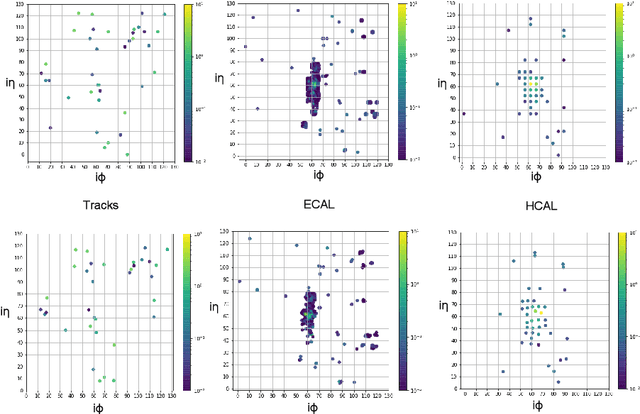
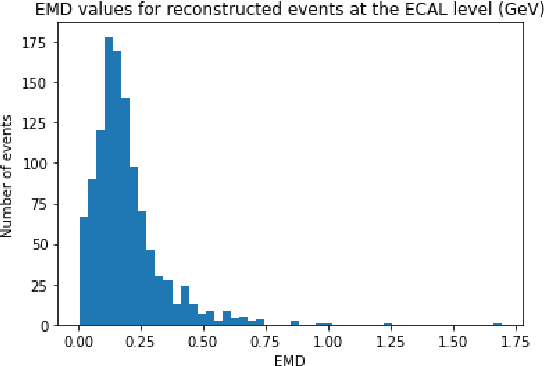
Abstract:Accurate and fast simulation of particle physics processes is crucial for the high-energy physics community. Simulating particle interactions with detectors is both time consuming and computationally expensive. With the proton-proton collision energy of 13 TeV, the Large Hadron Collider is uniquely positioned to detect and measure the rare phenomena that can shape our knowledge of new interactions. The High-Luminosity Large Hadron Collider (HL-LHC) upgrade will put a significant strain on the computing infrastructure due to increased event rate and levels of pile-up. Simulation of high-energy physics collisions needs to be significantly faster without sacrificing the physics accuracy. Machine learning approaches can offer faster solutions, while maintaining a high level of fidelity. We discuss a graph generative model that provides effective reconstruction of LHC events, paving the way for full detector level fast simulation for HL-LHC.
Deep Learning Improves Contrast in Low-Fluence Photoacoustic Imaging
Apr 19, 2020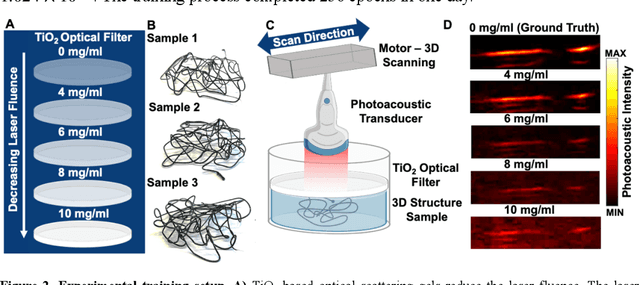
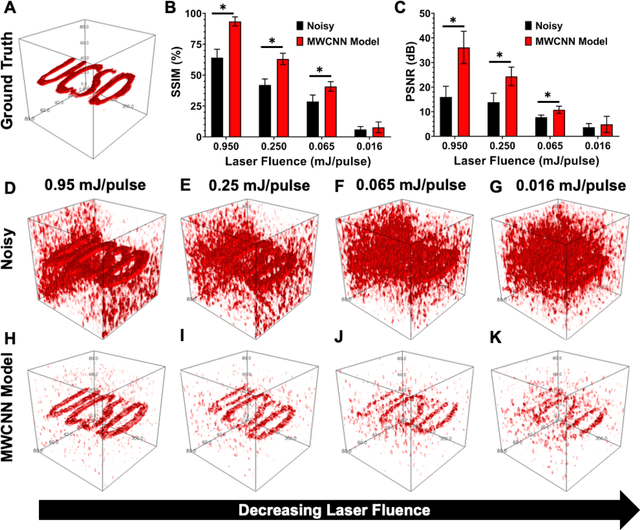
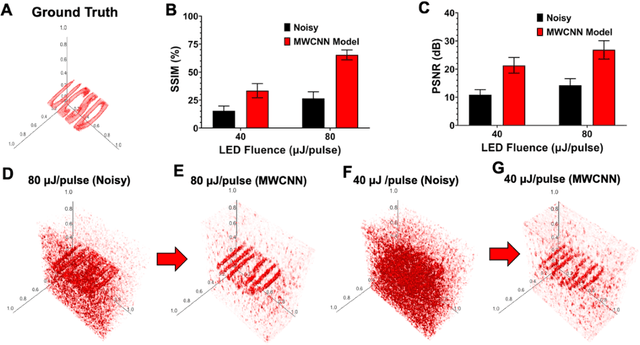
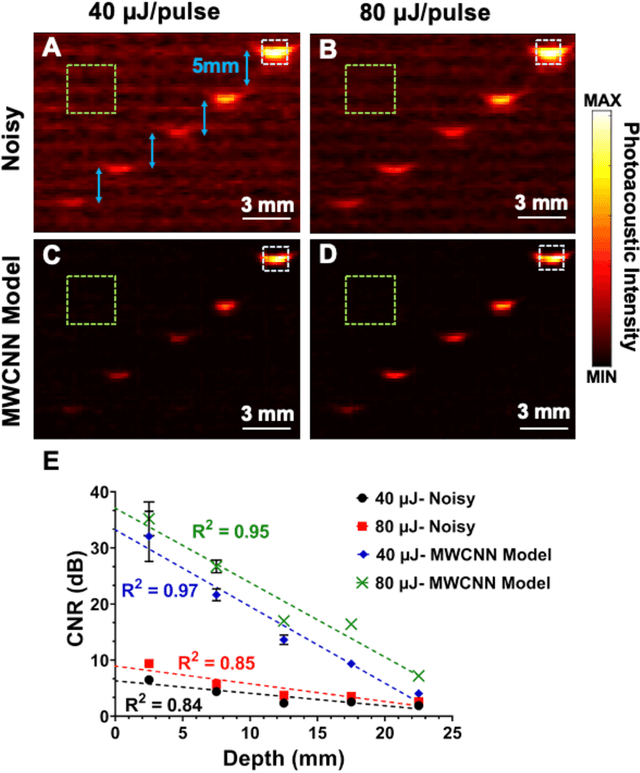
Abstract:Low fluence illumination sources can facilitate clinical transition of photoacoustic imaging because they are rugged, portable, affordable, and safe. However, these sources also decrease image quality due to their low fluence. Here, we propose a denoising method using a multi-level wavelet-convolutional neural network to map low fluence illumination source images to its corresponding high fluence excitation map. Quantitative and qualitative results show a significant potential to remove the background noise and preserve the structures of target. Substantial improvements up to 2.20, 2.25, and 4.3-fold for PSNR, SSIM, and CNR metrics were observed, respectively. We also observed enhanced contrast (up to 1.76-fold) in an in vivo application using our proposed methods. We suggest that this tool can improve the value of such sources in photoacoustic imaging.
 Add to Chrome
Add to Chrome Add to Firefox
Add to Firefox Add to Edge
Add to Edge